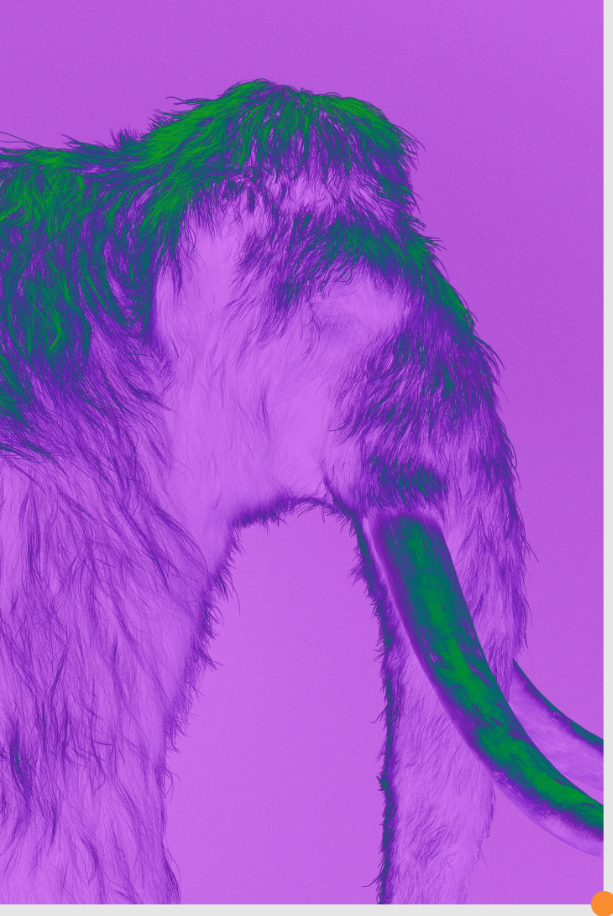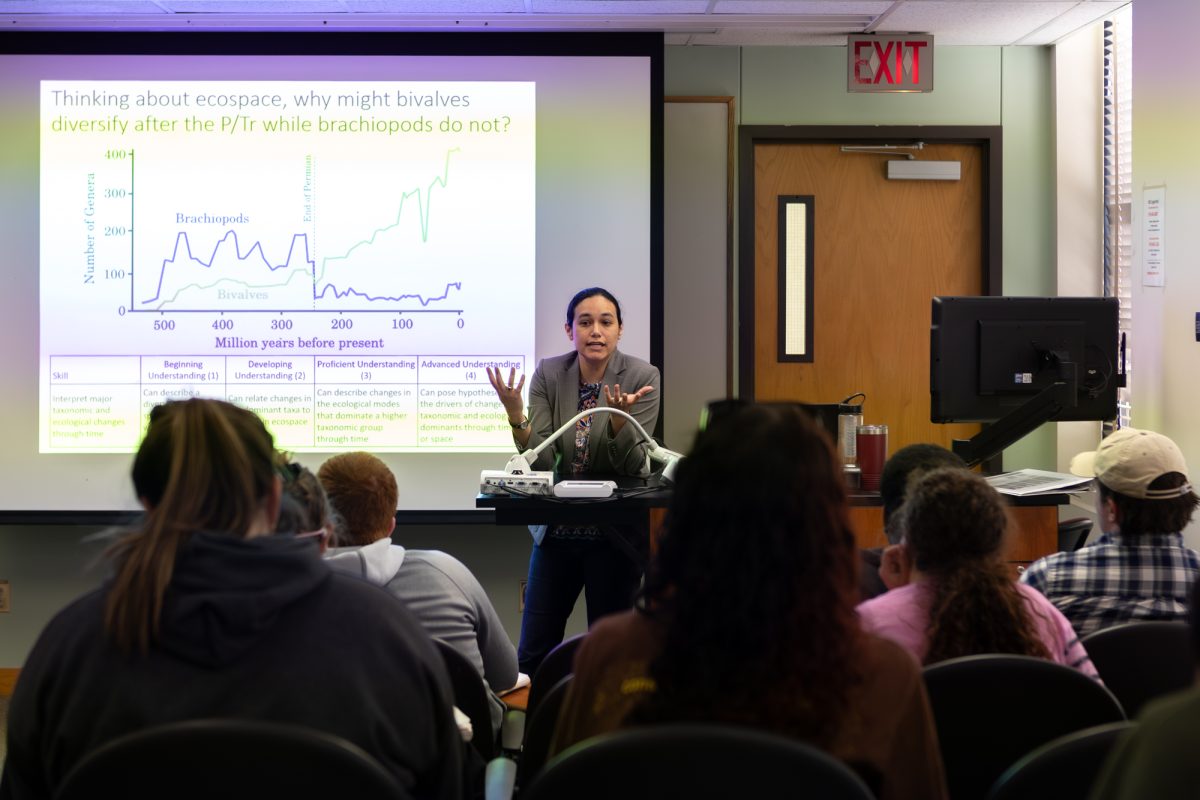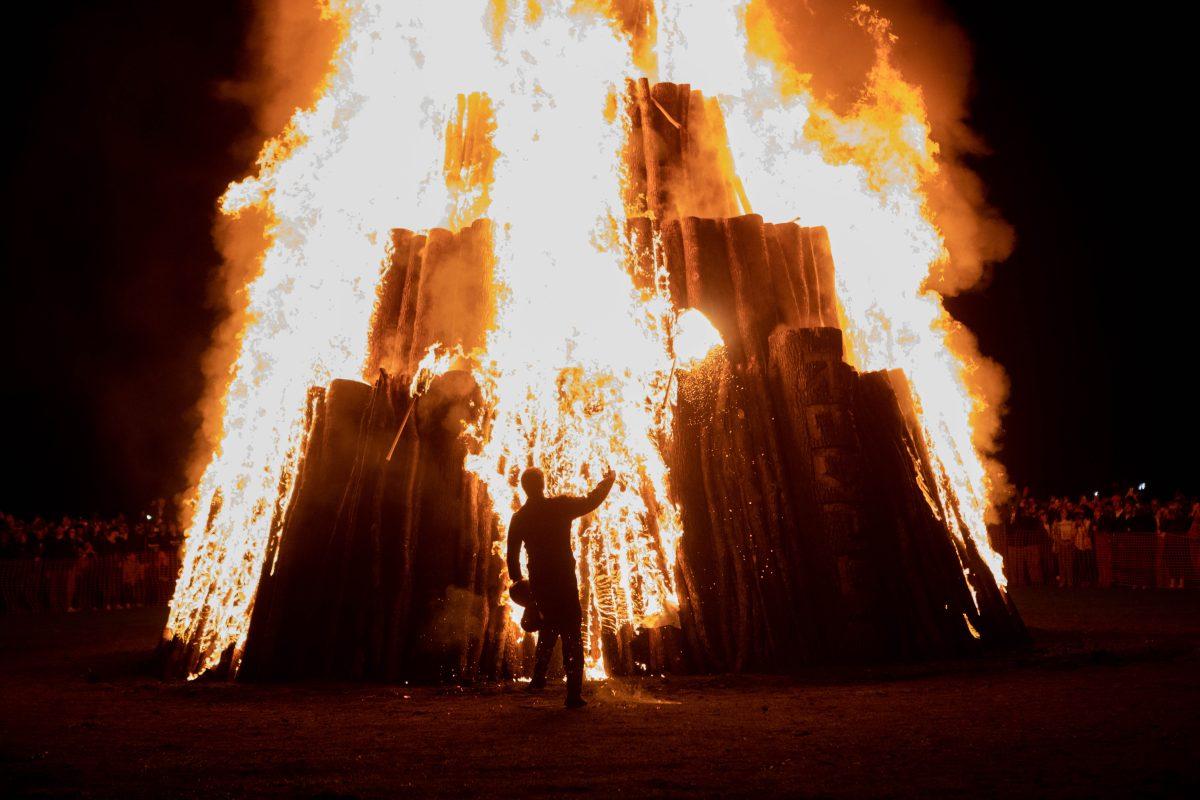There’s no other way to say this: scientists are trying to bring back woolly mammoths.
Yep, you read that right — with what can only be described as blatant disregard for the warnings of the Jurassic Park franchise, a team of scientists is working to recreate woolly mammoths. They claim the creatures will do wonders for tundra environments and will aid in combating climate change.
The scientists are working under a company humorously titled Colossal Laboratories & Biosciences. Their primary goal is to facilitate de-extinction — the restoration of species that have gone extinct — but because scientific research rarely brings home the hypothetical mammoth bacon, they also hope to uncover advancements in human health and disease prevention.
Thankfully, Colossal’s plan isn’t to restore a mammoth they found preserved in amber. What they’re attempting isn’t quite bringing back to life — it’s more of a redesign to an existing model.
To achieve Elephant 2.0, Colossal is using a genetic engineering technique called Clustered Regularly Interspaced Short Palindromic Repeats, or CRISPR. Put simply, it’s a tool that allows scientists to edit genomes, making it possible to modify DNA sequences and alter gene functions.
Look, I’ll level with you — I’m an English major. I’ve been reading CRISPR explanations for the past 20 minutes and I still have no idea how this is possible. All you need to know is that scientists take elephant genes and, using CRISPR, insert mammoth traits such as cold tolerance and woolly fur. If successful, an elephant with these genes would be as close as we could get to the mammoths of old.
Once the researchers have the genes for these mammoth elephants (mammophants? elemoths?), they can begin to produce embryos of the creatures. Birthing is another problem entirely — Colossal’s current plan is to create an artificial mammoth uterus by growing tissue from stem cells.
This is, one might say, a mammoth undertaking.
You may be thinking: what good can come of a bunch of giant shag carpets ambling about the Arctic?
Actually, quite a bit, Colossal claims.
Back when mammoths roamed naturally, the tundra environment was mainly grassland. Today it’s overtaken by moss and trees. Colossal hopes that these woolly elephants will revitalize the grasslands by knocking down trees, breaking up moss and producing fertilizer.
The restored grasslands could prevent erosion, and Colossal believes they can help to dispose of harmful carbon dioxide.
Despite these possible benefits, the plan comes with a slew of moral and ethical questions. Aside from the age-old argument regarding the morality of genetic modification, there are more nuanced issues with this type of research.
De-extinction is yet another example of humans trying to change the natural order without knowledge of the repercussions. You know, because every time we intervene and modify nature it works out really, really, really well.
Plus, we have no clue what else will be affected by bringing back these creatures. Mammoths went extinct because of “mutational meltdown,” or an excess of mutations in their genomes that caused them to die out. You know, the same genomes that Colossal would be splicing with elephants’ to recreate mammoths.
In fact, we can extrapolate that even further — all we have of the mammoths is their DNA. We have no way of knowing what kind of diseases or pathogens ailed them, or whether these new diseases are zoonotic. It may be safer for human health to let sleeping mammoths lie.
De-extinction is a budding science. There’s no guarantee that the process would work as planned, or that the resulting Frankenstein creatures would serve their purpose. This is the introduction of a species that has been missing for thousands of years — the tundra has adapted to their absence. Shoving mammoths back into the natural order after so long could hurt, rather than help, their habitat.
Then there is the cost of de-extinction. Colossal got started with a $15 million budget, and they’re still fishing for more investors. Cash like that could do wonders to preserve the endangered species still here on earth; to save endangered warblers on Chatham Island, scientists estimate it would cost a mere $400,000. There is discussion as to whether the astronomical cost of de-extinction is really worth it.
Despite these questions, Colossal is continuing with their ambitions. They are currently working toward creating viable embryos, with hopes to see the first woolly elephant calves in four to six years.
Unfortunately, as of yet Colossal has reported no plans to recreate saber-toothed tigers, ground sloths or saber-toothed squirrels, so these mammoths would be left to wander the tundra alone.
Charis Adkins is an English sophomore and opinion writer for The Battalion.
Analysis: A mammoth undertaking
July 7, 2022
Photo by Via Colossal Laboratories and Biosciences
The return of the wooly mammoth is discussed by opinion writer Charis Adkins.
Donate to The Battalion
Your donation will support the student journalists of Texas A&M University - College Station. Your contribution will allow us to purchase equipment and cover our annual website hosting costs.
About the Contributor

Charis Adkins, Opinion Columnist



























